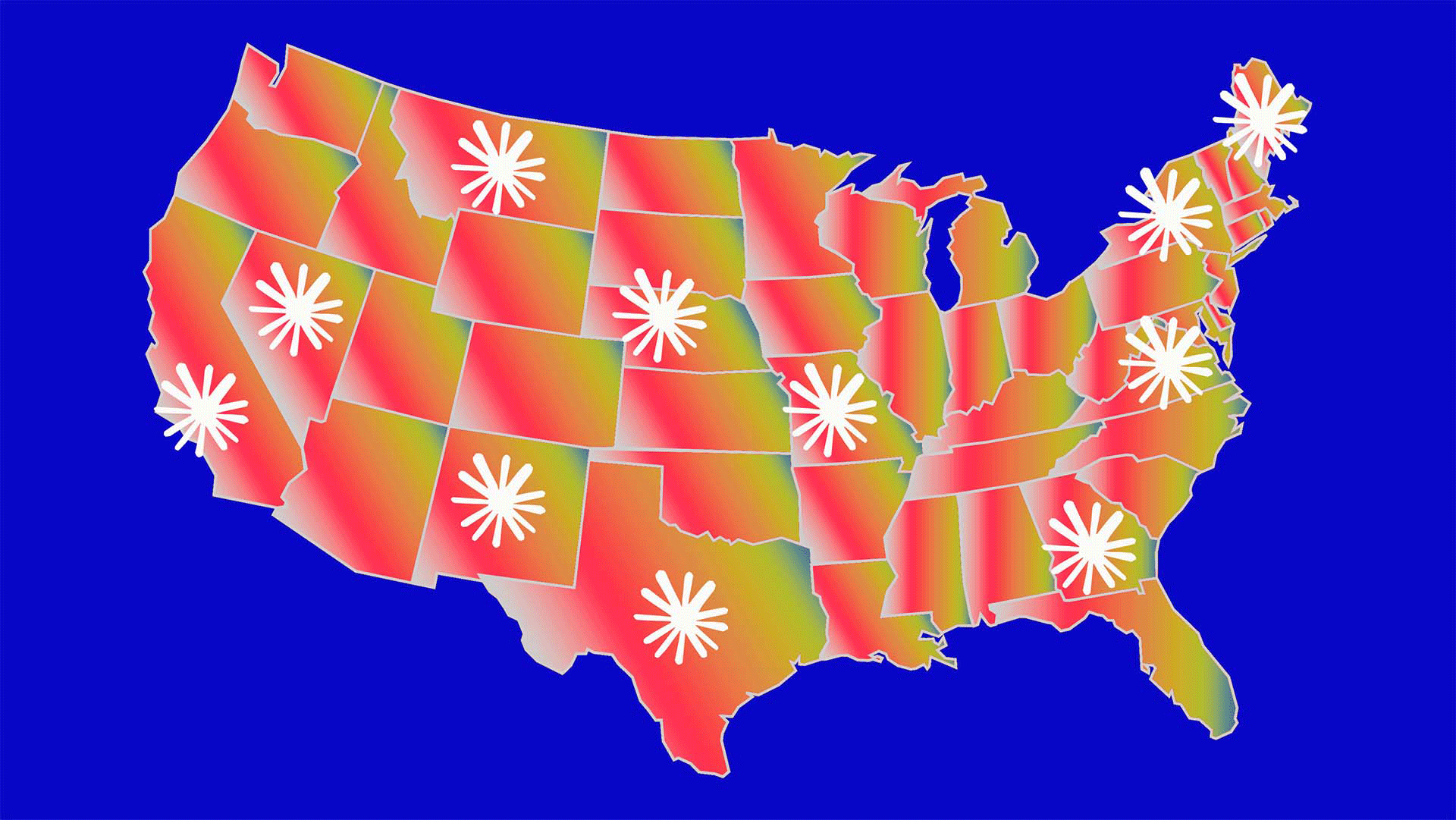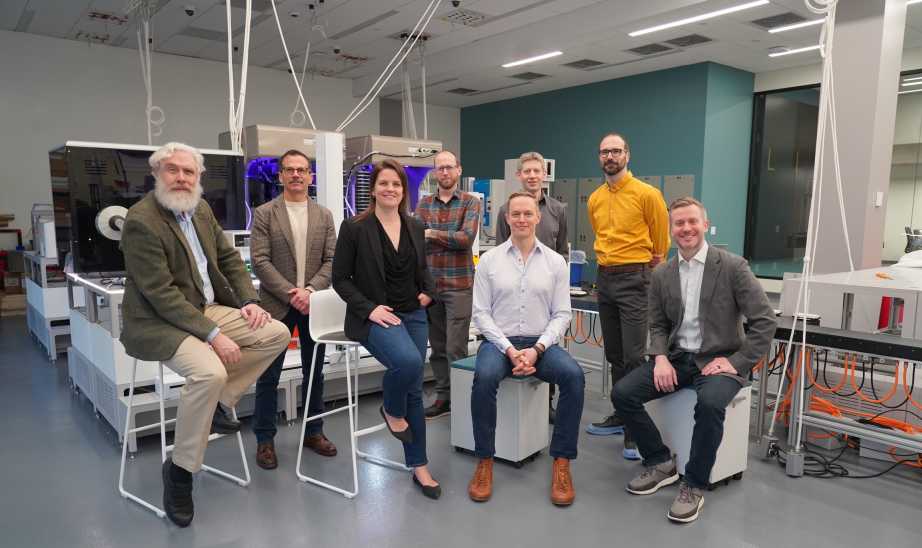
Software engineering is the overwhelming favorite use case for Claude, Anthropic’s AI model, according to a new report published by the company. The report, the third in a series tracking AI’s economic effects, also breaks down how enterprises are using Anthropic’s AI models. The takeaway? Enterprises are heavily focused on using Claude to automate tasks.
The report, titled “Uneven geographic and enterprise AI adoption,” found that 36 percent of sampled conversations on Claude.ai, Anthropic’s ChatGPT-like platform for chatting with Claude, are centered around providing software development assistance. That makes it by far the AI model’s most popular use case. It should come as no surprise, then, that software developers working on applications are Claude’s heaviest users, making up 5.2 percent of all usage.
The other top Claude.ai uses, according to Anthropic’s data, include providing assistance with writing, acting as a virtual tutor, conducting research, and supplying financial guidance and investment assistance.
The report also tracked how enterprises are using Claude’s API, which enables developers to integrate Claude into their products and software applications. The data shows that businesses are largely using Claude to automate tasks, rather than using it as a learning tool or a collaborator.
Featured Video
An Inc.com Featured Presentation
Anthropic says this shouldn’t come as a surprise, because the API naturally lends itself to automation. “Businesses provide context,” the company explained, “Claude executes the task, and the output flows directly to end users or downstream systems.”
Like with Claude.ai, according to the report, software development is by far the most popular use for enterprises using the Claude API, with just under half of all API traffic accounting for computer and mathematical tasks.
More specifically, 6.1 percent of all Claude API use is for resolving technical issues and workflow problems in software development; 6 percent is for debugging and developing frontend code and components for web applications; 5.2 percent for developing or managing professional business software; and 4.9 percent for troubleshooting and optimizing software.
In the report, Anthropic wrote that code generation tasks dominate API traffic “because they hit a sweet spot where model capabilities excel, deployment barriers are minimal, and employees can adopt the new technology quickly.”
But coding isn’t the only way that enterprises are using Claude. Ten percent of API usage comes in the form of office and administrative tasks, 7 percent is for science tasks, 4 percent is for sales and marketing tasks, and 3 percent is for business and financial operations.
The report also examined how the cost of using Claude to handle specific tasks correlates with usage amounts. According to the data, tasks typical of computer and mathematical jobs, like coding and data analysis, cost over 50 percent more than sales-related tasks, but still dominate overall use of the tech. This, according to the company, “suggests that cost plays an immaterial role in shaping patterns of enterprise AI deployment.”
Rather than focusing on costs, Anthropic postulated, “businesses likely prioritize use in domains where model capabilities are strong and where Claude-powered automation generates enough economic value in excess of the API cost.”
The report also revealed how each state in the U.S. typically uses Claude (specifically Claude.ai). Unsurprisingly, California (where Anthropic is based) is far and away the biggest Claude user, accounting for 25.3 percent of total use. Other states with heavy Claude usage include New York (9.3 percent), Texas (6.7 percent), and Virginia (4 percent).



